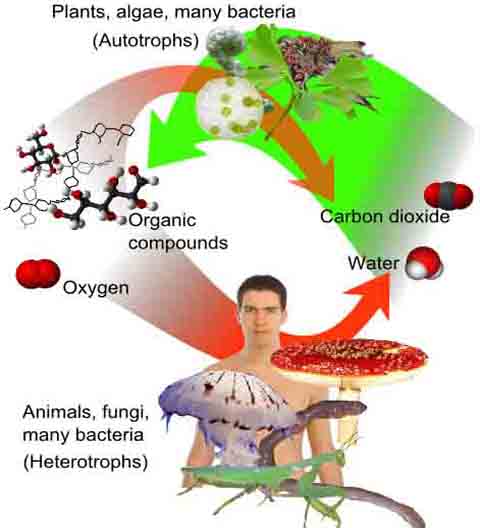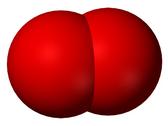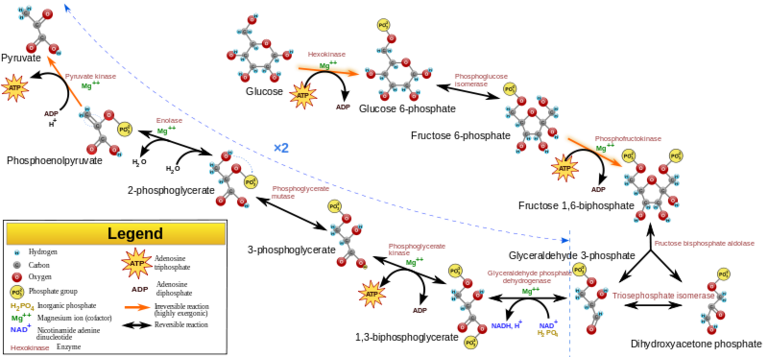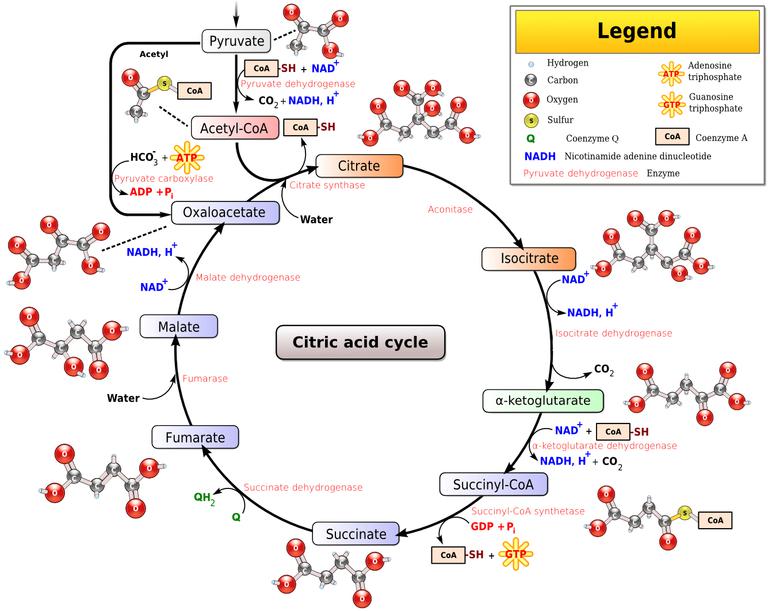 | ||||
Why Do We Breathe?
The Steps of Aerobic Cellular Respiration
CLASS NOTES from Science Prof Online
The reactions of cellular respiration occur as four subpathways, which include:
- glycolysis
- synthesis of Acetyl-CoA
- Krebs cycle
Article Summary: Aerobic cellular respiration is the series of reactions that, with the help of oxygen, make ATP (cellular energy) by completely breaking down glucose into inorganic molecules of carbon dioxide and water.
Molecular oxygen: 1/2 O2 is the final electron acceptor of the end of the electron transport chain.
You have free access to a large collection of materials used in a college-level introductory Cell Biology Course. The Virtual Cell Biology Classroom provides a wide range of free educational resources including Power Point Lectures, Study Guides, Review Questions and Practice Test Questions.
Page last updated: 10/2015
 | ||||||
SPO VIRTUAL CLASSROOMS
Glycolysis
The first step, glycolysis, occurs in cytoplasm of most cells, and the word itself describes the process-'glyco' = sugar and 'lysis' = breaking down. Glycolysis involves the splitting of a six-carbon glucose into two three-carbon molecules of pyruvic acid, and results in a net production of two molecules of ATP.
Metabolism: The Steps of Aerobic Cellular Respiration
Synthesis of Acetyl-CoA
Pyruvic acid is then transformed into the molecule acetyl-CoA. This is one of the cellular respiration reactions that produces CO2, the gas that we breathe out when we exhale. In addition to acetyl-CoA and CO2 waste, two molecules of the electron carrier NADH are produced. The energy of electron carriers will be used later, during electron transport.
Kreb's Cycle
Also known as the Citric Acid Cycle, this complex series of reactions transfers much of the energy left in the bonds of acetyl-CoA to more electron carriers (NAD+ and FAD). The reactions of Krebs Cycle occur in the mitochondria of eukaryotes and result in two more molecules of ATP, two molecules of FADH2, six molecules of NADH, and more CO2 waste.
See Page 2 for a table summarizing the steps of Aerobic Cellular Respiration!
Want To Learn More About Metabolism and the Electron Transport Chain?





